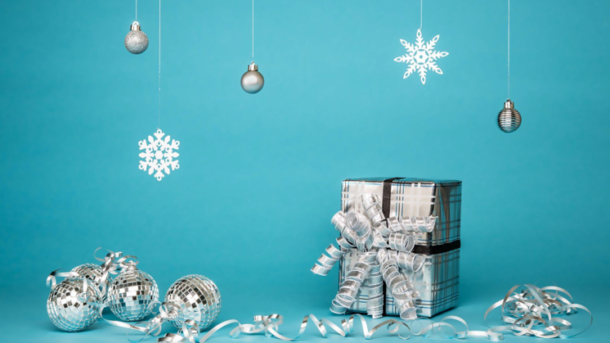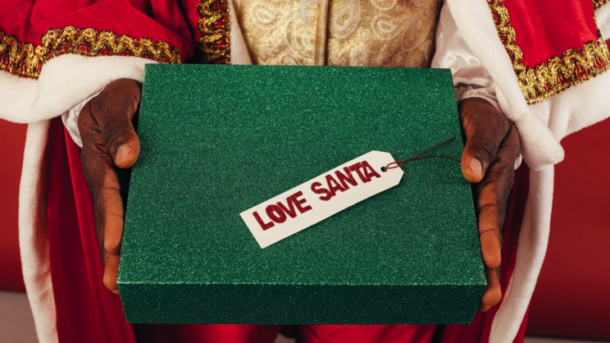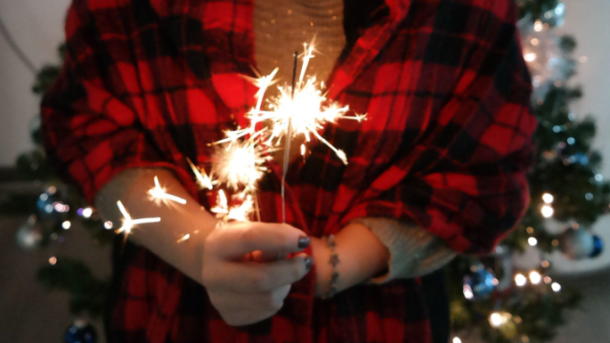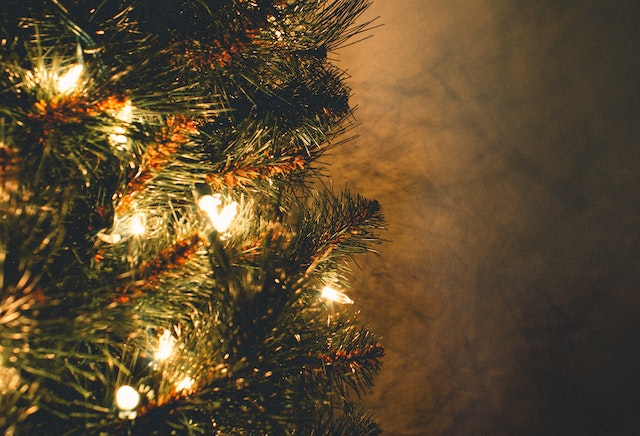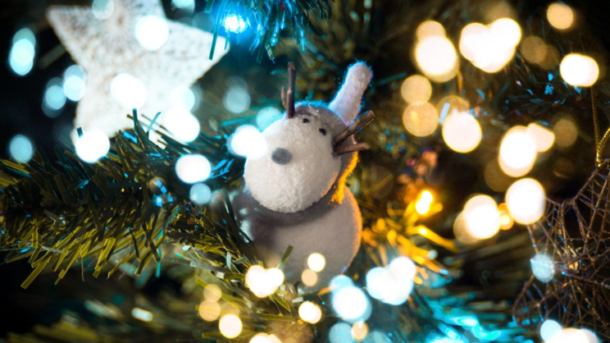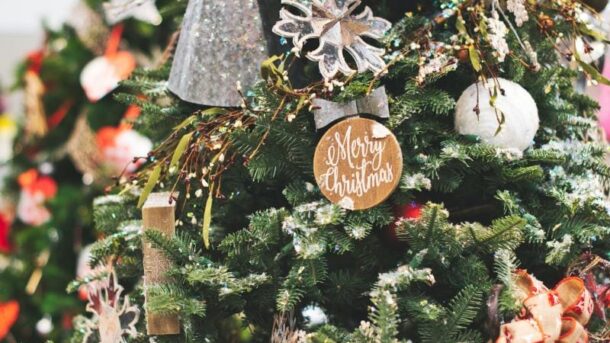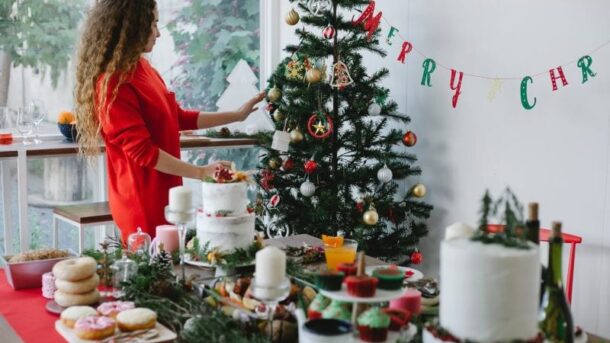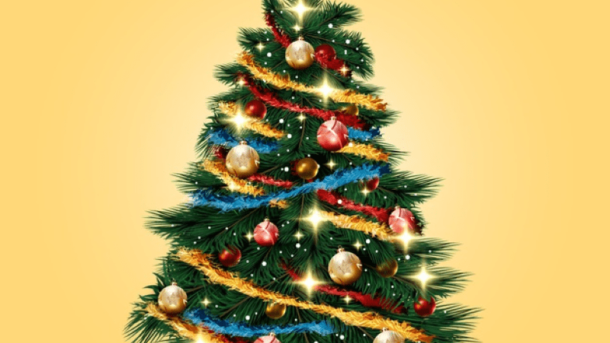The Duties of Christmas Elves
The festive season is complete with the presence of Christmas Elves. These tiny, magical beings are known for spreading joy and cheer. Their responsibility is to assist Santa Claus in making Christmas dreams come true. Christmas elves are known for their commitment to helping Santa prepare for the year’s most celebrated holiday. Their duties usually involve making toys, decorating Christmas trees, and wrapping Christmas gifts.
The Importance of Traditional Colors
Traditional colors such as red and green are significant for Christmas elves, just as they are for Christmas. These cheerful colors symbolize the festive season and the joy it brings. Red represents the vibrant spirit of Christmas and the selflessness of those who work tirelessly to make the holiday special for everyone. On the other hand, green signifies renewal and growth, symbolizing the hope and excitement of a new year.
In addition to red and green, white is another predominant color for Christmas elves. This color often represents snow and winter, adding a magical touch to the festive season.
The Significance of Stockings and Christmas Gifts
One of the most exciting parts of Christmas for children is finding Christmas gifts in the stockings hung up by those special helpers- the Christmas elves! Christmas stockings also have a compelling story behind them. Legend has it that Saint Nicholas was passing through a small village when he overheard the plight of a low-income family. He left gifts in their stockings, and the tradition of Christmas stockings began from that day onwards.
Christmas elves play an essential role in delivering these gifts. They work tirelessly to ensure that every child’s Christmas wish is granted. Their job is not limited to filling stockings but also to help Santa deliver presents under the Christmas tree.
Conclusion
In conclusion, the Christmas elves add magic to the festive season with their jingle bells and commitment to spreading joy and cheer. They ensure that every child’s Christmas dream comes true with the help of Santa Claus, traditional colors, and stockings, making Christmas a unique and memorable time of the year. Follow the Christmas elves’ example of goodwill and kindness, and spread joy and cheer this holiday season.

